[Guest blog post by Craig Smith]
The “SSE” sound effects come from the Sunset Editorial collection which was donated to USC Cinema in 1990. Sunset Editorial had a low-key history in Hollywood. Not a lot is known about them. This is because their credits in films were usually just “Sound Effects — Sunset Editorial”. The company was active from about 1964 to 1987. They mainly did episodic television shows like “Bewitched”, “I Dream of Jeanie”, “The Partridge Family”, and “The Waltons.” They have 569 credits on IMDB! A lot of the 1960s editing was done by Fred Brown. They were owned in the ’70s/’80s by sound editor Gene Corso.
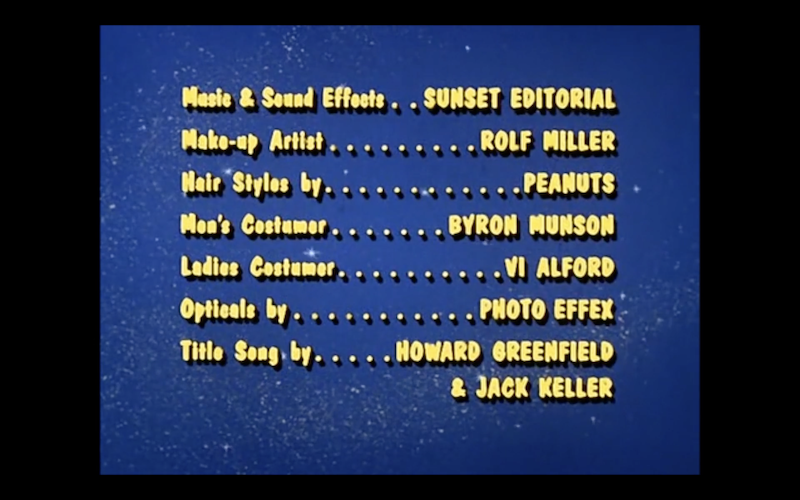
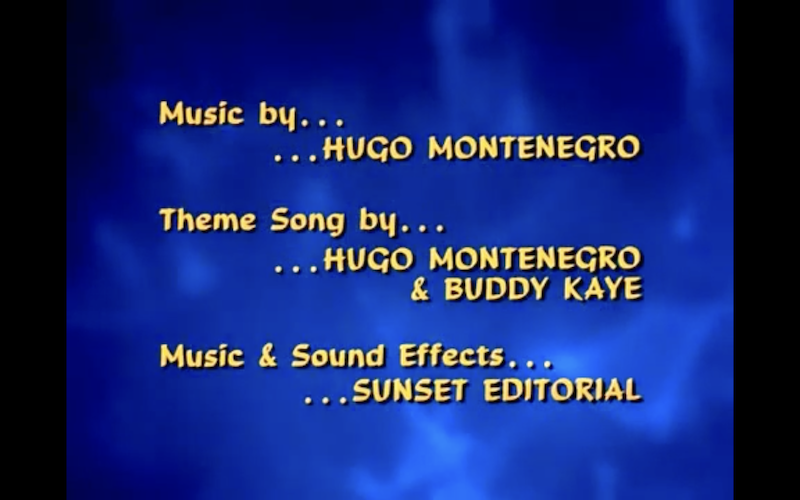

Sunset Editorial was a very simple operation. They only edited sound — no mixing. And they worked on a tight budget. Sound editors came and went. There wasn’t much money available for creating new effects, so they depended on effects that sound editors had been using for decades. Freelance editors brought their own collections, and then copied effects to take as they went on to their next job.
Their sound effects collection consisted of dozens of cardboard boxes filled with small rolls of 35mm magnetic film. Each had a slip of paper around it describing the sound.
The rolls were clear 35mm acetate film with two magnetic stripes. One stripe contained the sound, and the other was just to keep the film’s thickness even from edge to edge. Otherwise it would wind unevenly onto a reel.
At USC Cinema, the sounds were transferred from 35mm mag to 1/4” full track tape. The work was done mostly by Sound Department T.A.s Cormac Funge and Tim Maloney in 1990. I actually tracked them down and was pleased to learn that they’re both still film sound designers!
Cormac & Tim’s memories of this project were not exactly happy ones. There were about 1,200 rolls of film. With all the handling, it took them about six months to transfer a total of 21 hours of sounds. But they did a great job.
I got the SSE tapes from the USC Archive in 2016. It was immediately clear that these tapes had a big problem. They were recorded onto used Ampex tape from the 1980s. Tape manufacturers changed their formulations in the early ’80s, and it turned out these new tapes were very unstable. They started to display what became known as Sticky Shed Syndrome.” (Google it.) When this happens, the glue that binds the magnetic oxide to the plastic base becomes sticky, and separates. This makes the tapes virtually unplayable.
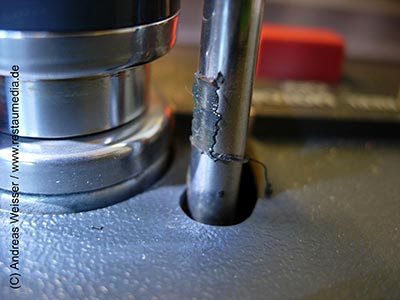

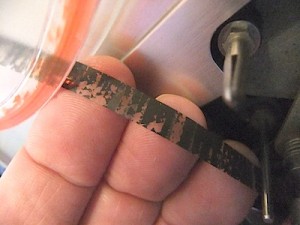
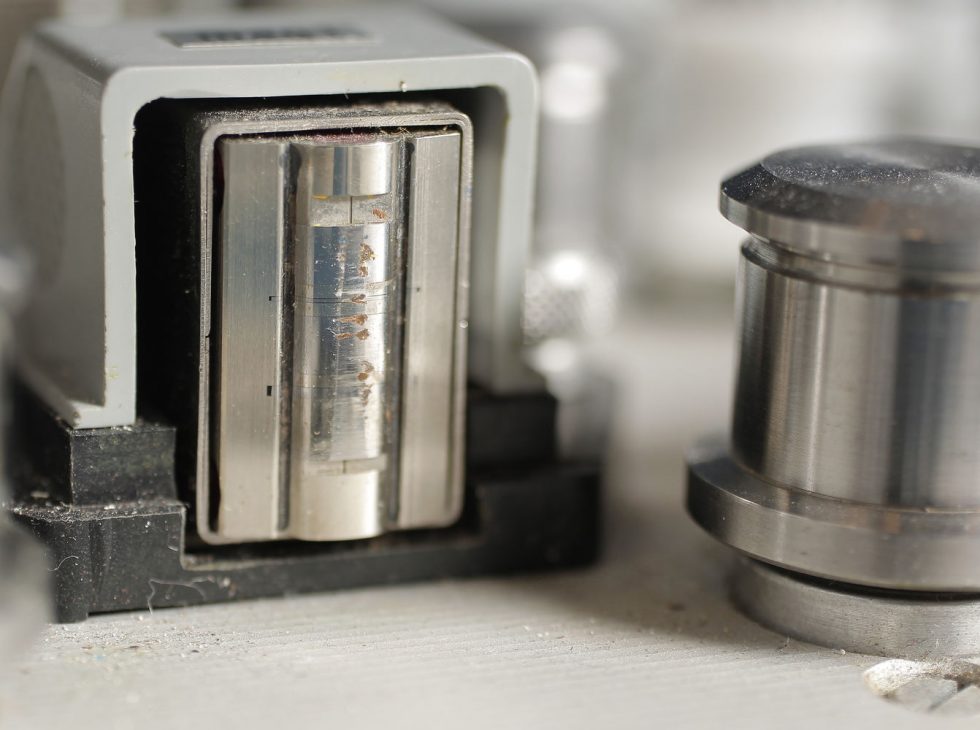
Fortunately, there’s a temporary fix. Tapes can be baked for several hours at a low temperature in an oven. So that’s what I did. Each tape was baked at 150ºF for four hours, then cooled for four hours.
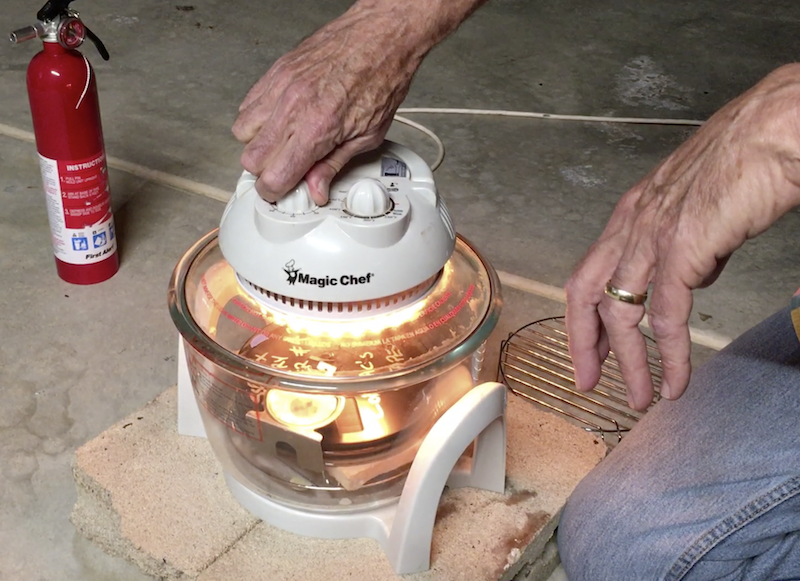
This made the tapes stable enough to transfer using my Nagra 4.2 full track recorder.
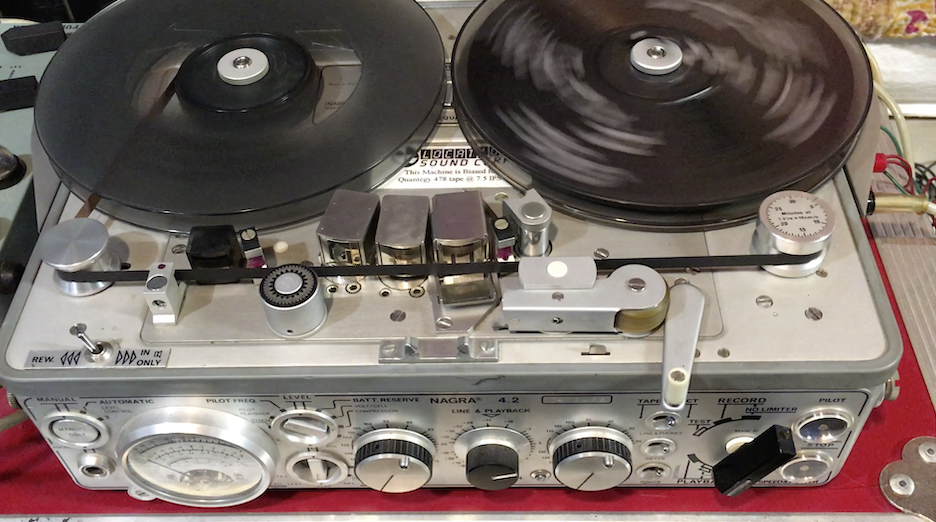
The good news is that this is an incredibly diverse and rich collection. The bad news is that a lot of these analog 35mm mag elements were copies of copies of copies. So they had a fair amount of noise and distortion. Because of this, I did much more restoration on these sounds than usual. I used iZotope’s RX 10 software. Most sounds cleaned up nicely, but I did eliminate about 20% of them.
Here’s a very annoying but typical example of the restoration:
Before:
After:
The resulting 1,022 sound effects are quite good. There are a lot of amazing sounds here ranging from the 1930s into the early ’80s. Check out the ambiances. Even if a sound seems a little odd to you, try layering it with other sounds to create something unique. They can make great sweeteners! To get you started, here’s an incredibly rare recording of the entire Wilhelm Scream recording session:
I couldn’t have done this my self. I want to thank Dino Everett, Ben Burtt, Andrew Kim, everyone at Soundly, Frederic Font, and Lynn Becker.
– Craig Smith
***
Craig Smith has been recording and manipulating sound since 1964. After graduating from USC’s School of Cinematic Arts, he worked as a sound editor and production mixer in Hollywood, specializing in noisy action-adventure films that are blamed for the downfall of society. He left that world in 1986 to teach sound in the School of Film/Video at California Institute of the Arts, where he is now Academic Sound Coordinator.
Craig’s own work experiments with implied narrative and accidental sound design, putting together sounds & images that have nothing to do with each other to create unexpected stories.
Craig is a member of the Society of Motion Picture and Television Engineers, and the Audio Engineering Society.
You can check other posts in the Freesound blog by Craig Smith here: https://blog.freesound.org/?author=14
This was a Freesound guest blog post. Do you have any project or something you’d like to share in the Freesound Blog? Let us know using our contact form

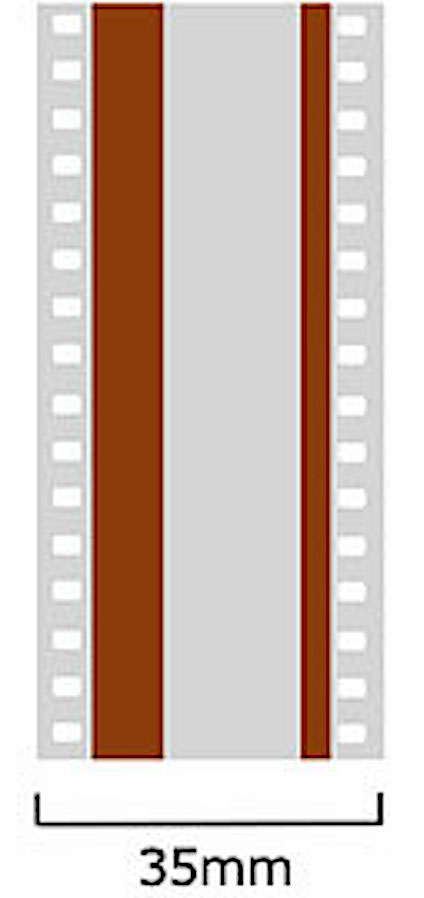
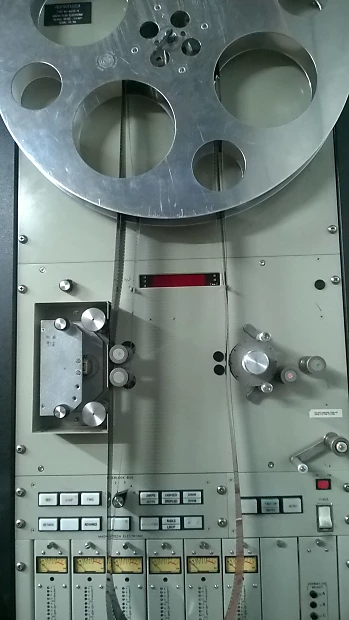

This is great work! Like Greg in the comments above, I’m looking for the “Bewitched” magical sound effects as well. I’m not seeing them in the SSE archive… are they available?
Unfortunately, there weren’t any “Bewitched” sounds in the collection when it got to me. (At least not any magic sounds.) But I feel like I’ve seen them them somewhere else on the internet. Keep looking!